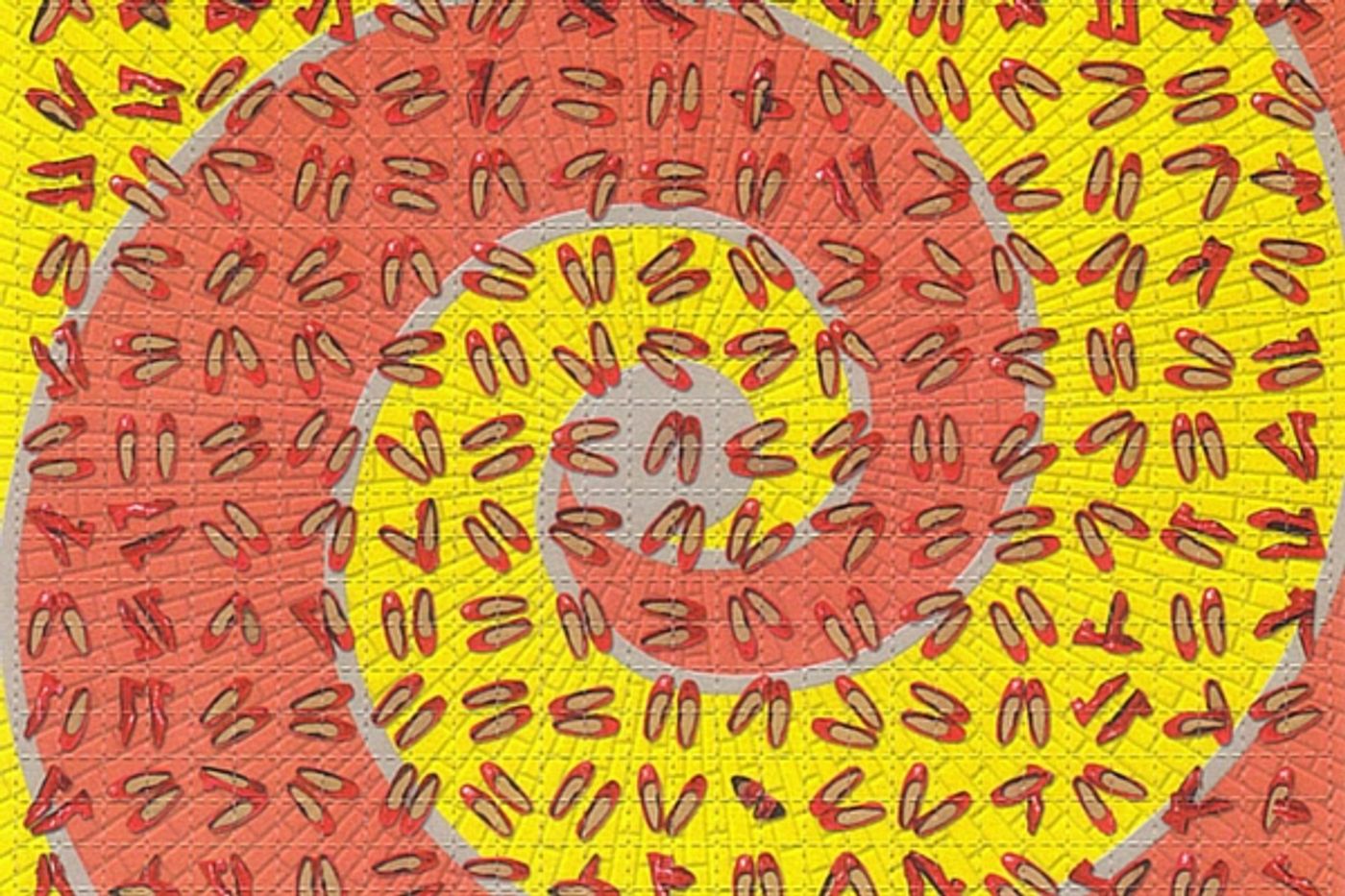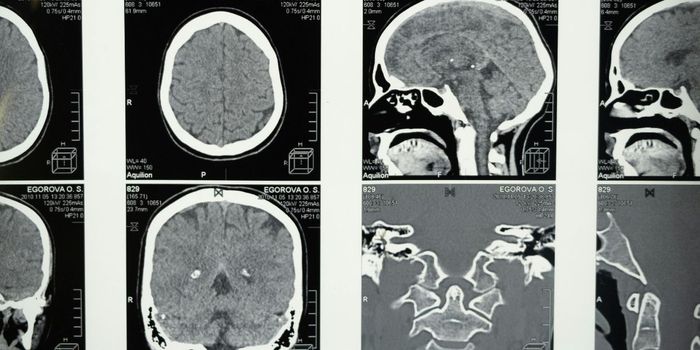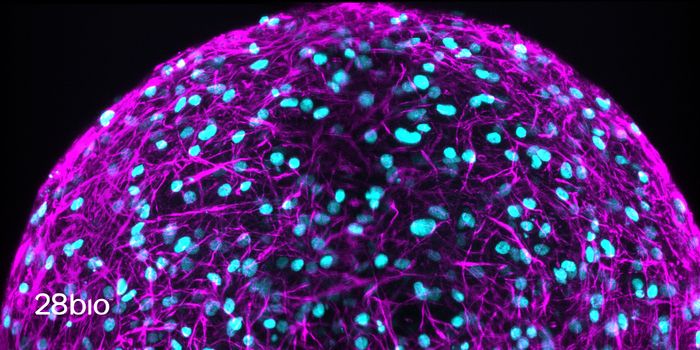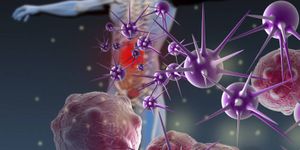While the dangers of illegal drugs have always been talked about, the exact mechanism of how these drugs affect the brain hasn’t been well understood. New information from a study in the UK could shed new light on now Lysergic acid diethylamide (LSD), operates within the brain and how it influences brain activity.
In a ground-breaking study, a team of researchers from the Imperial College in London, collaborated with the Beckley Foundation to scan the brains of 20 healthy volunteers after the administration of LSD. The drug produces incredibly vivid visual hallucinations and this study was the first time that scientists could see the effect of the drug directly on the different areas of the brain.
The findings were published in the journal Proceedings of the National Academy of Sciences on April 11, 2016 and gave scientists a look at how the drug acts on the brain that is unprecedented. The scanning techniques were a combination of three different brain imaging methods: arterial spin labelling, resting state MRI and magnetoencephalography that allowed the scientists to measure blood flow, functional connections within and between brain networks, and brainwaves in study participants when they were injected with the drug and when they were not under the influence of it.
One of the most significant parts of the study involved how the brain processes hallucinations. Normally when a person sees something with their eyes, those images are processed in the visual cortex of the brain. Hallucinations are dream like and not actually seen by the eyes. These images were processed differently in the brain in areas beyond the visual cortex.
Dr Robin Carhart-Harris, from the Department of Medicine at Imperial was the lead reasearcher on the study and explained it by saying, "We observed brain changes under LSD that suggested our volunteers were 'seeing with their eyes shut' - albeit they were seeing things from their imagination rather than from the outside world. We saw that many more areas of the brain than normal were contributing to visual processing under LSD - even though the volunteers' eyes were closed. Furthermore, the size of this effect correlated with volunteers' ratings of complex, dreamlike visions. " Dr. Carhart-Harris likened the brain processing of hallucinations as a more “integrated or unified brain.” Instead of separate areas of the brain that process things individually, like movement, hearing and attention, the brain seemed to group all these functions together and processed them all at once.
While the human brain becomes more separate as it develops and different experiences are routed to different areas, these boundaries seemed to break down under the influence of the drug and the hallucinations were processed together, along with an altered state of consciousness, almost as a whole rather than distinct functions in different areas of the brain.
The study also branched off into the area of music and found that participants who listened to music while taking LSD also experienced changes in brain activity. Those results were published in the journal European Neuropsychopharmacology and included increased activity in the area of the brain known as the parahippocampus. No other study to date has used all of these scanning techniques so the research gained is the first of its kind. Check out the video below to find out more about this study and what the team in the UK hopes to gain from the results.
Sources
The Guardian The Imperial College of London Proceedings of the National Academy of Sciences









